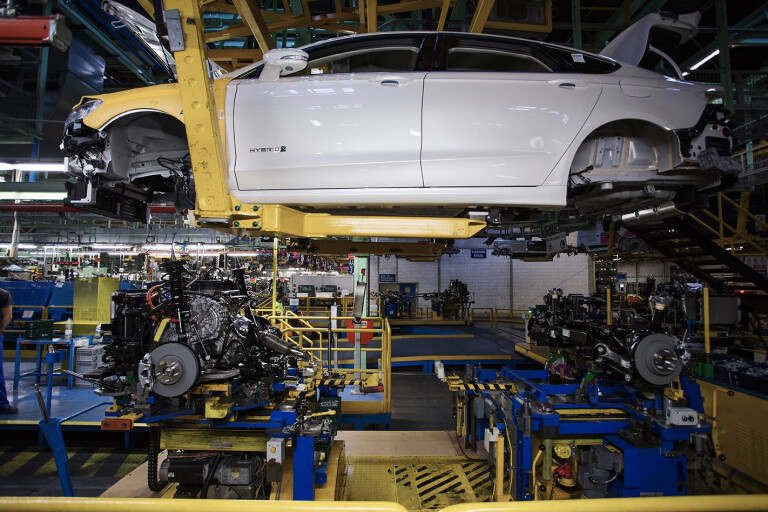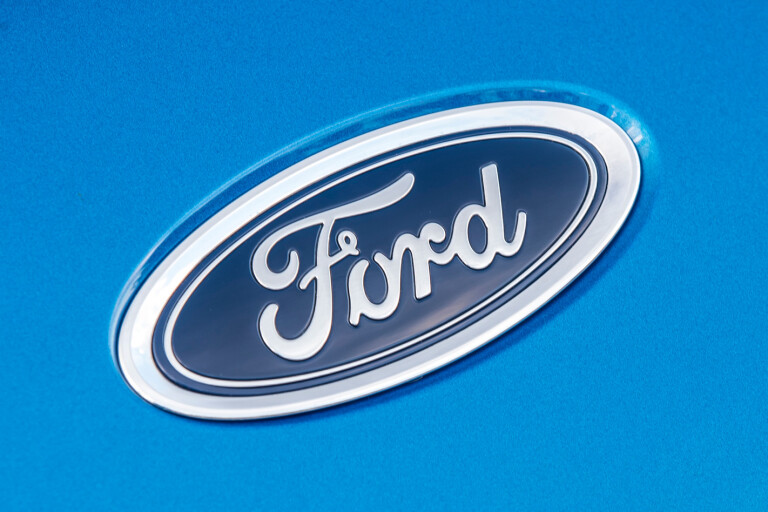
FORD is slashing its portfolio of vehicle platforms in a bid to reduce costs by AU$34.3 billion between now and 2025. The latest cull intends to move all vehicles globally onto just five modular platforms.
Hau Thai-Tang, Ford’s head of product development and purchasing, spoke at the 2018 J.P. Morgan Auto Conference explaining to shareholders that under this plan the The Blue Oval will be able to produce a wider range of cars while simultaneously reducing costs.
Ford’s five architectures moving forward will include a rear-wheel/all-wheel drive body-on-frame platform, a rear-wheel/all-wheel drive unibody, a commercial van unibody, a front-wheel/all-wheel drive unibody and a unibody platform that covers off Ford’s battery-electric vehicle ventures.

It’s a plan that continues the work of former CEO Alan Mulally’s One Ford proposal, which has already seen the company reduce its number of platforms by more than two-thirds, from 30 to nine. The One Ford plan helped the company navigate the Global Financial Crisis with relative success, while some other manufacturers struggled.
“This is not saying One Ford was wrong. This is building on the strategy of One Ford and evolving from it,” Thai-Tang said in comments reported by Automotive News. Thai-Tang also said up to 70 percent of a vehicle’s cost can be managed through modular platforms.
Ford expects to save US$7 billion (AU$9.6 billion) on product development and engineering costs while also reducing the amount of time it takes to develop new models by 20 percent.

COMMENTS